Clematis leaves yellowing, browning
Flowerfully
10 years ago
Featured Answer
Sort by:Oldest
Comments (9)
buyorsell888
10 years agoellatiarella (SW Mich 6a)
8 years agoRelated Professionals
Clemson Landscape Architects & Landscape Designers · Forest Acres Landscape Architects & Landscape Designers · Havre de Grace Landscape Architects & Landscape Designers · Redondo Beach Landscape Architects & Landscape Designers · Severn Landscape Architects & Landscape Designers · South Orange Landscape Architects & Landscape Designers · Suffern Landscape Architects & Landscape Designers · Clermont Landscape Contractors · Bell Gardens Landscape Contractors · Gloucester Landscape Contractors · Lady Lake Landscape Contractors · Nanuet Landscape Contractors · Reedley Landscape Contractors · Weslaco Landscape Contractors · Windsor IronworkNHBabs z4b-5a NH
8 years agoked1985
8 years agolast modified: 8 years agoJenn
7 years agolast modified: 7 years agogardengal48 (PNW Z8/9)
7 years agoJenn
7 years agoNHBabs z4b-5a NH
7 years ago
Related Stories

PLANTING IDEASGreat Garden Combo: Rose + Clematis for Small-Space Impact
We all need somebody to lean on. And when a rose supports a climbing vine, the results can totally transform a small garden
Full Story
GARDENING GUIDESWhat's Wrong With My Plant? Leaves Often Hold the Clues
Learn how to identify common plant ailments by reading their leaves
Full Story
REMODELING GUIDESInterior Brick: Paint it or Leave It?
Here's how to know if covering that brick is a sin or solution
Full Story
FALL GARDENING5 Ways to Put Fall Leaves to Work in Your Garden
Improve your soil and yard the organic way with a valuable garden booster that grows on trees
Full Story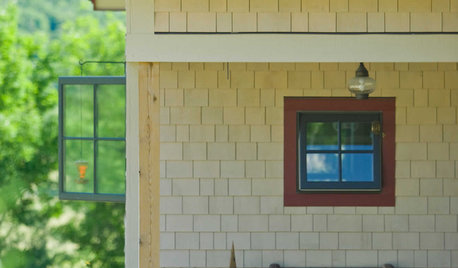
EXTERIOR COLORWhen to Paint Your Home Yellow
Be a cheer leader with this color that captures the sun and radiates a warm welcome
Full Story
COLORBest Ways to Use the Soft Yellow Color of 2014
You may fall for PPG Pittsburgh Paints’ Turning Oakleaf if you like your hues warm, mellow and cheery
Full Story
GARDENING GUIDESHow to Fix Bare and Yellow Lawn Spots
Restore your turf’s good looks by reseeding unsightly patches
Full Story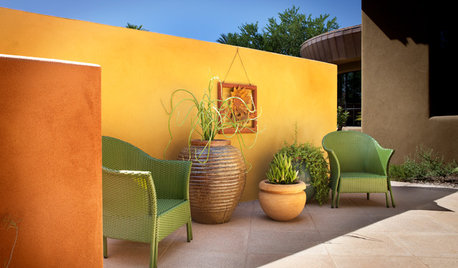
COLORGarden Color: Lighten and Brighten With Yellow
From mellow to far out, yellow plants and accent features can bring a taste of the sun close to home
Full Story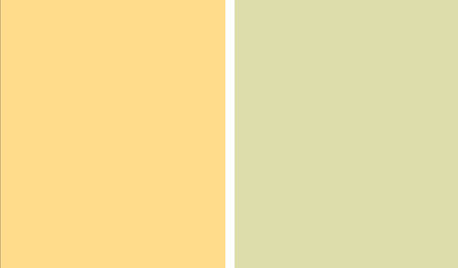
DECORATING GUIDESPaint Color Ideas: 8 Uplifting Ways With Yellow and Green
Dial up the cheer with yellow and green paint combinations sure to cast off winter doldrums
Full Story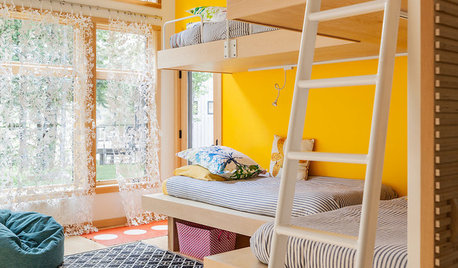
COLORDreaming in Color: 8 Eye-Opening Yellow Bedrooms
Start your day energized and cheerful with bedroom hues that sing of sunshine or golden fields
Full Story






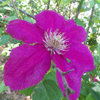

jnavarro31